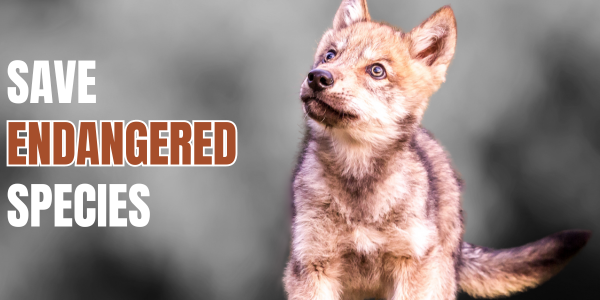Coexisting with wildlife – our vision of a cruelty-free future
Cultivating Coexistence
Every native species plays an important role in keeping ecosystems healthy and thriving. Iconic species such as black bears, gray wolves, and bald eagles are among the most famous ambassadors of the natural world, but bees, frogs, beavers, fishes, owls, and indeed all species are no less essential to thriving ecosystems. For our sake and theirs, we need to nurture these wild communities, not destroy them.
Unfortunately, when it comes to wildlife management, destruction is often the strategy federal and state governments deploy. Under the guise of “wildlife management,” they sanction all sorts of barbaric practices to kill animals. Some kill for fur, some in a misinformed attempt to eliminate perceived threats to livestock and, sadly, some kill for no other reason than a twisted sense of “fun”.
We envision a day when native carnivores like coyotes, wolves, pumas, and bears thrive in robust, ecologically functional populations amid vibrant ecosystems. We envision a future in which people coexist with and appreciate these majestic creatures, and in which every decision individuals and institutions make reflects an abiding respect for our interdependence and the need for natural systems. To fulfill that vision, we must shift to a model of non-lethal management and coexistence.
Non-lethal Management
Wildlife Services slaughters animals at the behest of private agricultural and ranching industries, members of which are wrongly convinced that killing carnivores will somehow benefit their sheep and cows. This “kill first” approach is not only morally repugnant, but also scientifically baseless. The millions of taxpayer dollars poured into Wildlife Services’ killing program would be much better spent on effective non-lethal coexistence methods or other public goods and services.
Non-lethal management entails abandoning cruel poisons, traps, and weapons in favor of practices that allow carnivores to live. These practices are more affordable and effective than lethal management methods.
